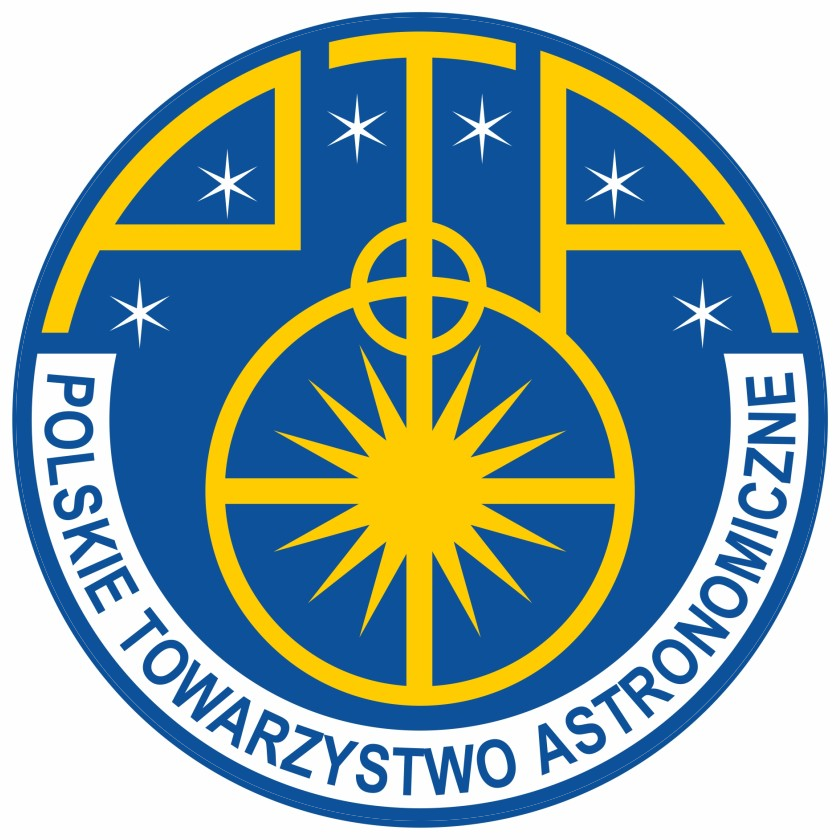Jakub Nadolny
Instytut Obserwatorium Astronomiczne, Uniwersytet im. Adama Mickiewicza
w Poznaniu
Sesja VII: Kosmologia i ewolucja galaktyk
Czwartek 14.09.2023 15:00 – 15:15
abstrakt:
Star-forming galaxies populate a main sequence (MS), a well-defined relation between stellar mass (M) and star-formation rate (SFR). Starburst (SB) galaxies lie significantly above the relation whereas quenched galaxies lie below the sequence. In order to study the evolution of galaxies on the SFR- M plane and its connection to the gas content, we use the fact that recent episodes of star formation can be pinpointed by the existence of gamma-ray bursts (GRBs). Here we present sensitive [CI]-nondetections of z~2 ultra luminous infrared (ULIRG) GRB host galaxies. We find that our GRB hosts have similar molecular masses to those of other ULIRGs. However, unlike other ULIRGs, the GRB hosts are located at the MS or only a factor of a few above it.
Hence, our GRB hosts are caught in the transition toward the SB phase. This is further supported by the estimated depletion times, which are similar to those of other transitioning galaxies. The GRB hosts are [CI]-dark galaxies, defined as having a [CI]/CO temperature brightness ratio of 10^4 cm^-3) where CO is shielded from photodissociation, leading to under-abundances of [CI]. This is consistent with the merger process that is indeed suggested for our GRB hosts by their morphologies.
